Hydrogen Peroxide 30% (100 Vols)
$51.26
Uses and Applications of Hydrogen Peroxide
More than half of all hydrogen peroxide produced worldwide is used in the paper industry for pulp bleaching. In second place, this compound is used to produce sodium perborate and sodium percabonate, both ingredients in laundry detergents.
This compound is also used to produce a variety of organic peroxides, in particular dibenzoyl peroxide, which is then used to bleach flour or in the treatment of acne. In addition, hydrogen peroxide is also used in the synthesis of peracetic acid and meta-chloroperoxynezoic.
Finally, hydrogen peroxide is a common ingredient in waste-water treatment, particularly to eliminate organic residues via oxidation reactions. The process involves the production of free radical hydroxyl (OH-), capable of destroying aromatic and halogenated impurities. It also contributes to a reduction in bad odour by oxidising sulphur compounds.
Other uses include:
- Disinfectant and anti-microbial, suitable to clean surfaces. For a long time it was used to clean small cuts and bruises, but researchers now know it can slow the process of healing and increases scar tissue by destroying new skin cells.
- Cosmetic applications, typically to bleach hair. Can also be added to toothpaste to promote teeth whitening
- It can be used as a monopropellant or as an oxidiser in bipropellant rocket fuel.
- Can be used for a variety of niche applications, such as glow sticks, horticulture and fish production
More Than 40 Years’ Experience
ReAgent has been an established chemical manufacturer for almost 50 years, and in that period, we’ve built an enviable reputation for high-quality products and excellent customer service. If you need help, a member of staff will be glad to assist you before, during and after your purchase to ensure our products meet your needs. Simply contact us for more information or free technical advice.
Uses and Applications of Hydrogen Peroxide
More than half of all hydrogen peroxide produced worldwide is used in the paper industry for pulp bleaching. In second place, this compound is used to produce sodium perborate and sodium percabonate, both ingredients in laundry detergents.
This compound is also used to produce a variety of organic peroxides, in particular dibenzoyl peroxide, which is then used to bleach flour or in the treatment of acne. In addition, hydrogen peroxide is also used in the synthesis of peracetic acid and meta-chloroperoxynezoic.
Finally, hydrogen peroxide is a common ingredient in waste-water treatment, particularly to eliminate organic residues via oxidation reactions. The process involves the production of free radical hydroxyl (OH-), capable of destroying aromatic and halogenated impurities. It also contributes to a reduction in bad odour by oxidising sulphur compounds.
Other uses include:
- Disinfectant and anti-microbial, suitable to clean surfaces. For a long time it was used to clean small cuts and bruises, but researchers now know it can slow the process of healing and increases scar tissue by destroying new skin cells.
- Cosmetic applications, typically to bleach hair. Can also be added to toothpaste to promote teeth whitening
- It can be used as a monopropellant or as an oxidiser in bipropellant rocket fuel.
- Can be used for a variety of niche applications, such as glow sticks, horticulture and fish production
More Than 40 Years’ Experience
ReAgent has been an established chemical manufacturer for almost 50 years, and in that period, we’ve built an enviable reputation for high-quality products and excellent customer service. If you need help, a member of staff will be glad to assist you before, during and after your purchase to ensure our products meet your needs. Simply contact us for more information or free technical advice.

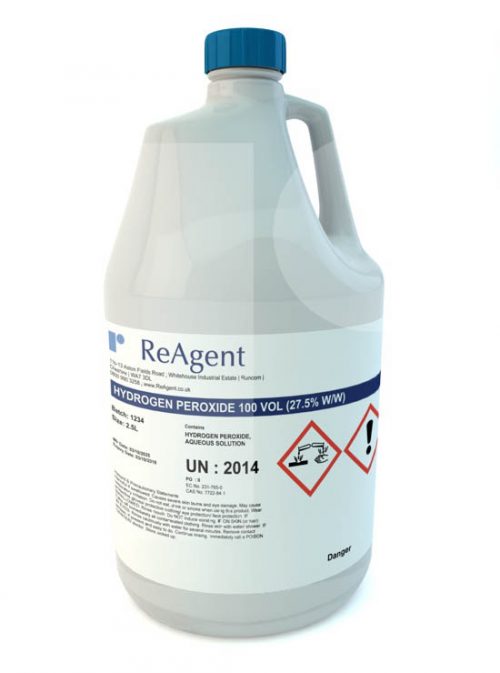
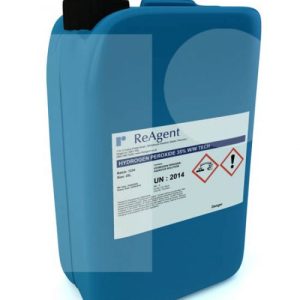
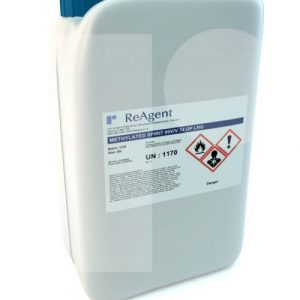
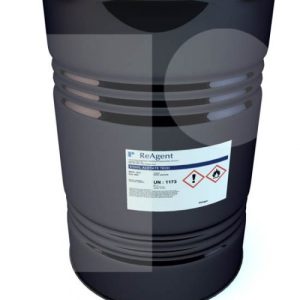
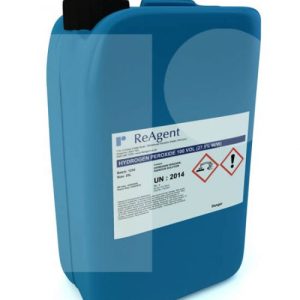
There are no reviews yet.